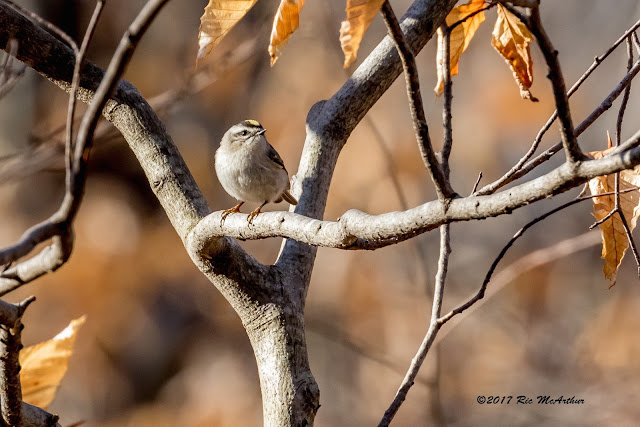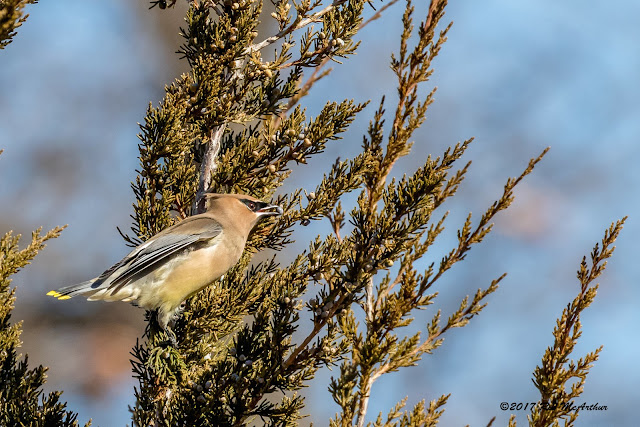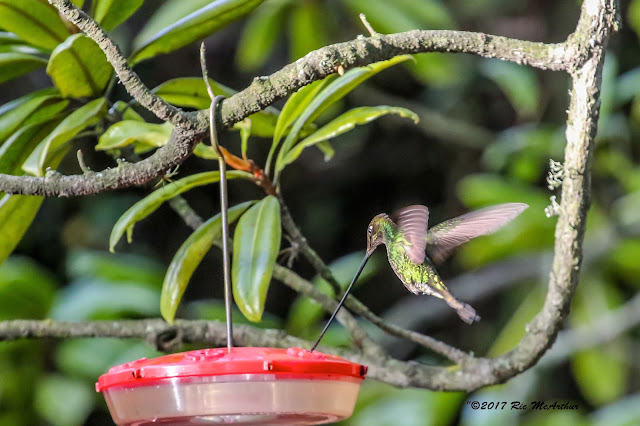Coming soon to a migration near you.

Black throated blue warbler from warmer times. In a month or so the spring migration should be on. Taken in our yard at the little pond. Setophaga caerulescens. The sexes of the Black-throated Blue Warbler look so different that they were originally described as two different species.


















